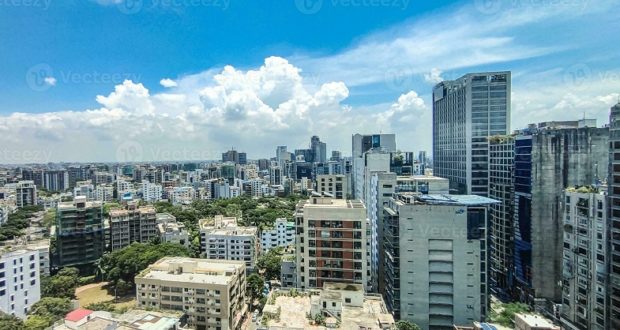Dhaka requires immediate earthquake safety surveys for over 21 lakh buildings to prevent catastrophic loss of life, said Adil Mohammad Khan, a urban planer member at Bangladesh Institute of Planners.
Rajdhani Unnayan Kartripakkha (Rajuk) holds jurisdiction over these structures, which must be assessed for seismic resilience.
A 2024 Rajuk study paints a dire picture, warning that a 6.9 magnitude earthquake could destroy between 40% and 65% of buildings in the capital.
Such an event could claim an estimated 2.1 lakh to 5 lakh lives, with the death toll varying based on the time of day. Financial losses would be staggering, with experts estimating over 1 billion dollar in damage to transportation systems alone.
Vulnerability stems from the city’s rapid, often unregulated construction. “In recent years, Bangladesh has experienced multiple minor earthquakes, which are often precursors to a major quake,” noted urban planner Dr Adil Mohammad Khan.
He emphasised that large tremors typically occur every 100 to 150 years, and Bangladesh is now approaching that dangerous threshold.
Of the 21.47 lakh buildings needing inspection, 5.14 lakh are concrete structures. An initial survey of 3,252 buildings identified 42 as high-risk, recommending their demolition.
A Comprehensive Disaster Management Programme survey further warned that a 7.5 magnitude quake could collapse 72,000 buildings and severely damage another 1.5 lakh.
Danger is amplified by several factors. Dhaka’s status as one of the world’s most densely populated cities means countless people live in poorly constructed high-rises and slums.
Many structures ignore building codes, while the region’s loose soil can liquefy during strong tremors. Unlike prepared nations like Japan, Bangladesh lacks widespread seismic awareness and a robust disaster response system.
Recent seismic activity has heightened concerns. A 5.7 magnitude earthquake last year with its epicentre just 13km from Agargaon caused several deaths and building damage. Seismologists warned that a few more seconds of shaking could have caused widespread collapses.
“Dhaka has never before experienced an earthquake so close,” said Md Momenul Islam, director of the Bangladesh Meteorological Department.
The message from experts is unequivocal: with the massive survey operation needed and the clock ticking on seismic preparedness, immediate action is essential to safeguard Dhaka’s millions from a looming earthquake disaster.
22 Nov 2025
AG
 Chandpur Times Top Newspaper in Chandpur
Chandpur Times Top Newspaper in Chandpur



